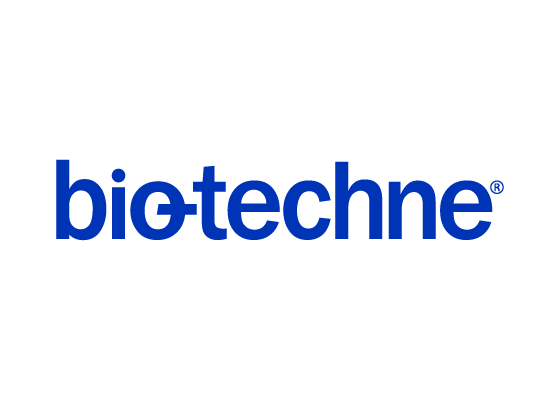Proteome Profiler Human Ubiquitin Array
R&D Systems, part of Bio-Techne | Catalog # ARY027

Key Product Details
Assay Procedure
Refer to the product datasheet for complete product details.
Briefly, relative expression levels of ubiquitination of human proteins in samples can be determined using the following procedure:
- Prepare membrane and incubate with prepared sample
- Incubate the membrane with Detection Antibody Cocktail
- Incubate the membrane array with Streptavidin-HRP
- Develop the membrane array with Chemi Reagents 1 and 2
- Expose the membrane array to autoradiography film
View Printable Protocol
- Rectangular 4-Well Multi-dish
- 4 Human Ubiquitin Array nitrocellulose membranes spotted with 49 different antibodies to human ubiquitin target proteins
- Lysis Buffer 6
- Array Buffer 1
- Array Buffer 2
- Chemi Reagent 1
- Chemi Reagent 2
- Detection Antibody Human Ubiquitin Array
- Streptavidin-HRP
- Transparency Overlay Template
- Wash Buffer Concentrate (25X)
Materials
- Pipettes and pipette tips
- Gloves
- Plastic container with the capacity to hold 50 mL (for washing the arrays)
- Plastic transparent sheet protector (trimmed to 10 cm x 12 cm and open on three sides)
- Plastic wrap
- Absorbent lab wipes (KimWipes® or equivalent)
- Paper towels
- X-ray film (Kodak BioMax™ Light-1) or equivalent
- Flat-tipped tweezers
Equipment
- Rocking platform shaker
- Microcentrifuge
- Autoradiography cassette
- Film developer
- Flatbed scanner with transparency adapter capable of transmission mode
- Computer capable of running image analysis software and Microsoft Excel
Other Supplies Required for Cell Lysate Samples
R&D Systems Protocol for Multiple Analyte Detection Using the Proteome Profiler™ Human XL Oncology Array Kit, Panel A (Catalog # ARY026)
- Add 2 mL of Array Buffer 1 to each well of the supplied 4-Well Multi-dish.
- Place each array membrane in a separate well of the 4-Well Multi-dish.
- Incubate for one hour on a rocking platform shaker.
- Adjust volume of each sample to final volume of 1.5 mL with Array Buffer 1.
- Replace the Array Buffer 1 in each well of the 4-Well Multi-dish with prepared samples.
- Incubate overnight at 2 °C to 8 °C on a rocking platform.
- Wash each array membrane 3 times with 1X Wash Buffer in a separate container.
- Wash each well of the 4-Well Multi-dish with 1X Wash Buffer.
- Add 15 µL of Detection Antibody to 1.5 mL of Array Buffer 2 for each array.
- Pipette 1.5 mL diluted Detection Antibody Cocktail into each well of the 4-Well Multi-dish.
- Return each array membrane to the 4-Well Multi-dish containing diluted Detection Antibody Cocktail.
- Incubate for one hour on a rocking platform shaker.
- Wash each array membrane 3 times with 1X Wash Buffer in a separate container.
- Wash each well of the 4-Well Multi-dish with 1X Wash Buffer.
- Add 2 mL of diluted Streptavidin-HRP to each well of the 4-Well Multi-dish.
- Place the array membrane in the diluted Streptavidin-HRP solution.
- Incubate for 30 minutes on a rocking platform shaker.
- Wash each array membrane 3 times with 1X Wash Buffer in a separate container.
- Place the array membrane on a plastic sheet protector.
- Pipette 1 mL of the prepared Chemi Reagent Mix evenly onto the membrane.
- Cover the membrane with the top sheet of the plastic protector
- Incubate for 1 minute.
- Blot off excess Chemi Reagent Mix.
- Wrap the membrane and sheet protector in plastic wrap.
- Place the wrapped array membrane in an autoradiography film cassette and expose to X-ray film.
Customer Reviews for Proteome Profiler Human Ubiquitin Array
There are currently no reviews for this product. Be the first to review Proteome Profiler Human Ubiquitin Array and earn rewards!
Have you used Proteome Profiler Human Ubiquitin Array?
Submit a review and receive an Amazon gift card!
$25/€18/£15/$25CAN/¥2500 Yen for a review with an image
$10/€7/£6/$10CAN/¥1110 Yen for a review without an image
Submit a review
